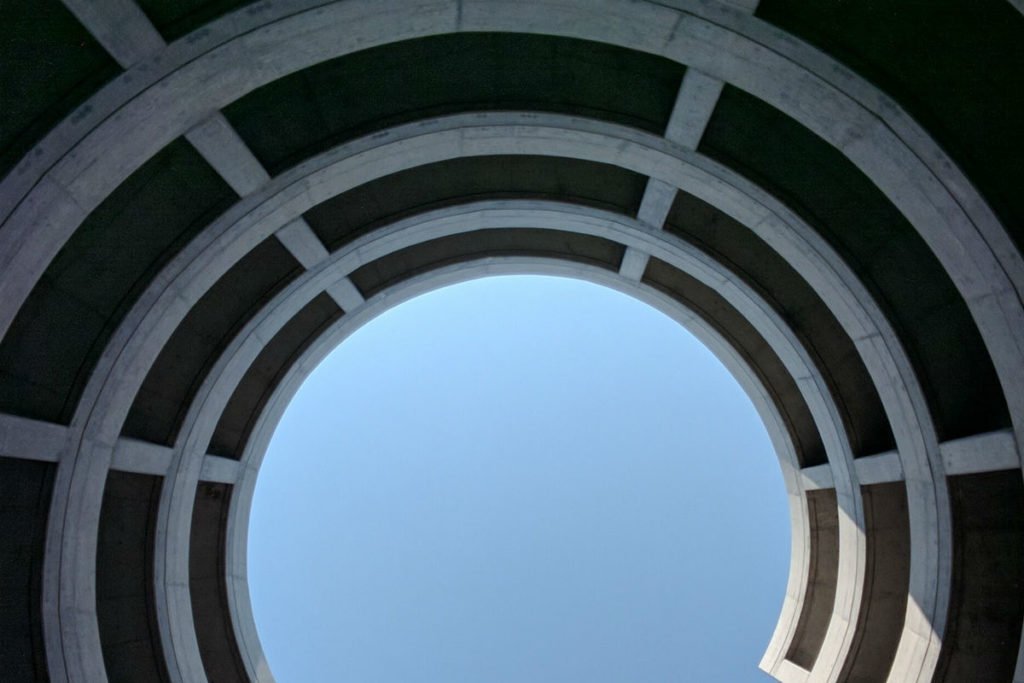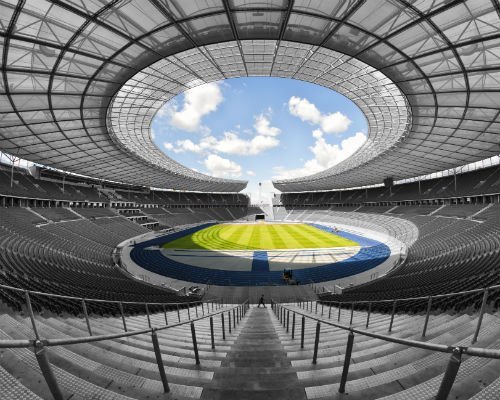Ramps are essential in large concert venues, sports arenas, and high rise buildings, as they offer safe access to heavy materials like machinery inside the building. Legal authorities of many countries have made it compulsory to construct ramps in buildings to provide convenient and secure access to disabled people as they make it easier to carry people on wheelchairs. Although ramps might affect the overall looks of buildings, the benefits they provide are much.
They offer accessible entrance and exit of wheelchairs, strollers, as well as any moving device with wheels. While one can use different materials for constructing such ramps, concrete is unarguably the most durable. Its toughness offers strong consistency, which, apart from supporting the load of heavy materials provides a surface, which controls traction as well as offers a strong grip for the wheels to move over.
Concrete ramps are commonly used in large sports complexes to move crowds of people smoothly and easily.
How to Build A Large Concrete Ramp
The basics:
Any surface or walkway that has a slope more than one inch for 20″ of run is considered a ramp. However, the safety standards set in place by the American Disability Act states that the slope should be less than one inch for every 12 inches of run. Although not all ramps are of the same size, you need to observe some basic techniques when making a concrete ramp. It is vital that you have basic knowledge of concrete construction before you start.
Step 1: In case the height of the landing is 12″ or less, you should pour a direct ramp, which includes ramps providing access to stores as well as curb ramps, which are less than 1 or 2 steps above grade. Use plywood to frame the ramp, and cut the upper edge of the frame to form the ramp’s slope, and use stakes to secure the plywood in the ground.
Step 2: Before pouring the concrete, remove any sod from the surface as well as add a layer of sand, making sure that the sand layer is 2 inches away from all of the edges. This helps the concrete to settle correctly. Increase the thickness of the concrete aggregate at the lowest part of the ramp by digging the ground. Remember, all parts of the ramp should be at least four inches thick.
Step 3: Pour the concrete and level it. Remove trapped air bubbles by tapping the sides of the form with a rubber mallet. You can use a 2″ x 4″ board whose size is slightly longer than the ramp for leveling the ramp by pulling the board quickly back and forth. You need the help of another person to hold the other side of the board for this process. If the landing height of your ramp is more than 12 inches, pour sidewalls in the ramp. Doing a direct pour will not work as the concrete’s pressure is too much for the plywood forms to contain.
Step 4: Once the sidewalls are set, remove the forms and let the concrete cure for one or two days. You may then pour bulk concrete in the ramp portion. Use the board to level the concrete to prevent it from shifting down the slope. Make sure that you brush the concrete with a commercial broom before it dries. This prevents the surface of the ramp from being slippery and creates streaks that provide traction.



